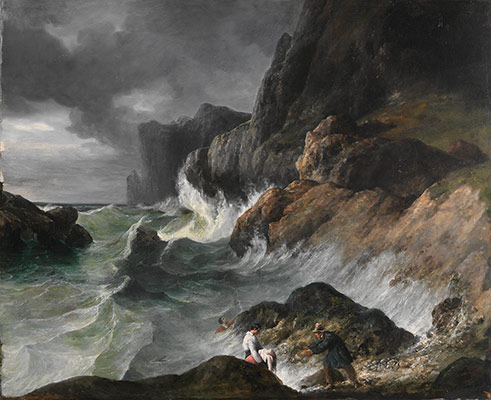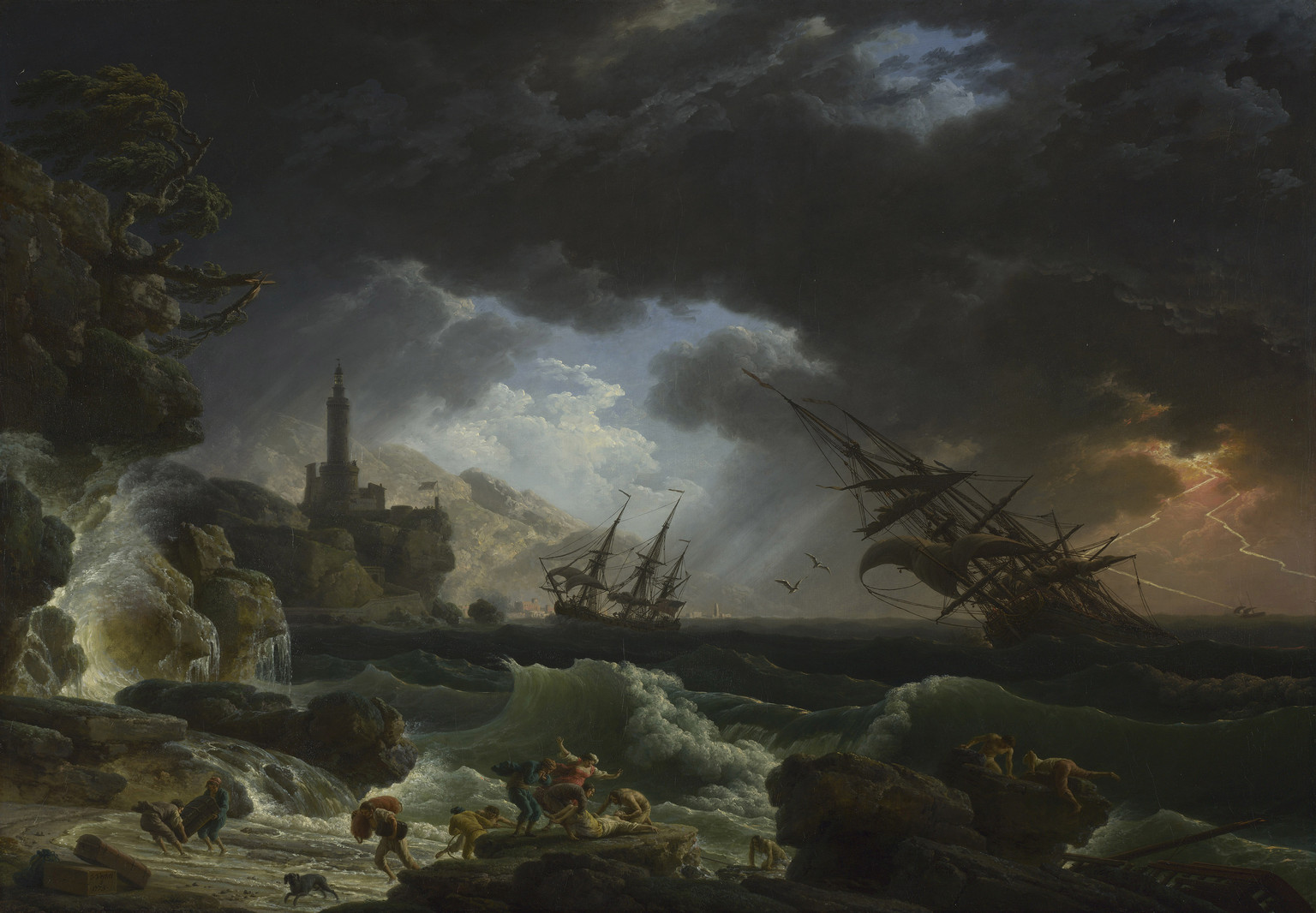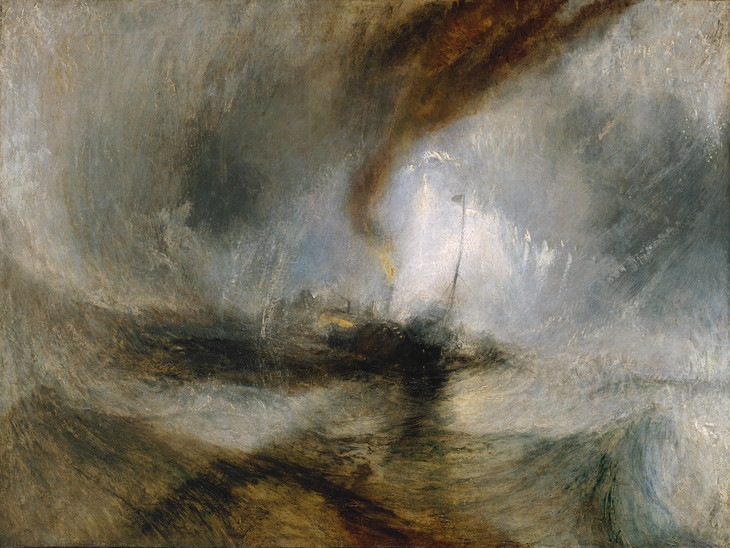What is romanticism in photography?
According to the article titled “Romanticism and Its Relation to Landscape Photography & Painting”, romanticism was an art form that rejected classicalism and focused on nature, imagination and emotion. Therefore, this started a new way of thinking and created a new type of art.

History of Romanticism
Romanticism started in Western Europe, around the middle of the 18th century. At this time, the dominant artistic and cultural movement is Neoclassicism, which finds its inspiration in the aesthetics of ancient civilizations. Neoclassicism values order, self-control, and the promotion of ideal values.


Romanticism, first defined as an aesthetic in literary criticism around 1800, gained momentum as an artistic movement in France and Britain in the early decades of the nineteenth century and flourished until mid-century. With its emphasis on the imagination and emotion, Romanticism emerged as a response to the disillusionment with the Enlightenment values of reason and order in the aftermath of the French Revolution of 1789.
The five elements of romanticism
- Interest in the common man and childhood.
- Strong senses, emotions, and feelings.
- Awe of nature.
- Celebration of the individual.
- Importance of imagination.
Artist references for Romanticism
Roger Fenton was a British photographer, noted as one of the first war photographers. Fenton was born into a Lancashire merchant family. Roger Fenton is a towering figure in the history of photography, the most celebrated and influential photographer in England during the medium’s “golden age” of the 1850s. Before taking up the camera, he studied law in London and painting in Paris. Fenton remained consistent in his love of the British landscape and the history it enfolded. Each summer he photographed in locations revered for their ruined abbeys, cathedrals, castles, romantic associations and literary connotations.
JMW Turner
Joseph Mallord William Turner RA, known in his time as William Turner, was an English Romantic painter, printmaker and watercolourist. He is known for his expressive colouring, imaginative landscapes and turbulent, often violent marine paintings. He dominated British landscape painting in a thoroughly Romantic style which was driven by the immediacy of personal experience, emotion, and the boundless power of imagination.


What is Sublime in photography?
The Sublime is a western aesthetic concept of ‘the exalted’ of ‘beauty that is grand and dangerous’. The Sublime refers to the wild, unbounded grandeur of nature. The Sublime is related to threat and agony, to spaces where calamities happen or things run beyond human control.
The sublime has long been understood to mean a quality of greatness or grandeur that inspires awe and wonder. From the seventeenth century onwards the concept and the emotions it inspires have been a source of inspiration for artists and writers, particularly in relation to the natural landscape.


Romantic artists would often use their experiences of nature or natural events to convey the experience of the sublime. Kant’s countryman, Caspar David Friedrich’s paintings of mist, fog, and darkness sought to capture an experience of the infinite, creating an overwhelming sense of emptiness.
The Romantic sublime
Edmund Burke’s Philosophical Enquiry (1757) connected the sublime with experiences of awe, terror and danger. Burke saw nature as the most sublime object, capable of generating the strongest sensations in its beholders. This Romantic conception of the sublime proved influential for several generations of artists.

Snow Storm – Steam-Boat off a Harbour’s Mouth exhibited 1842
